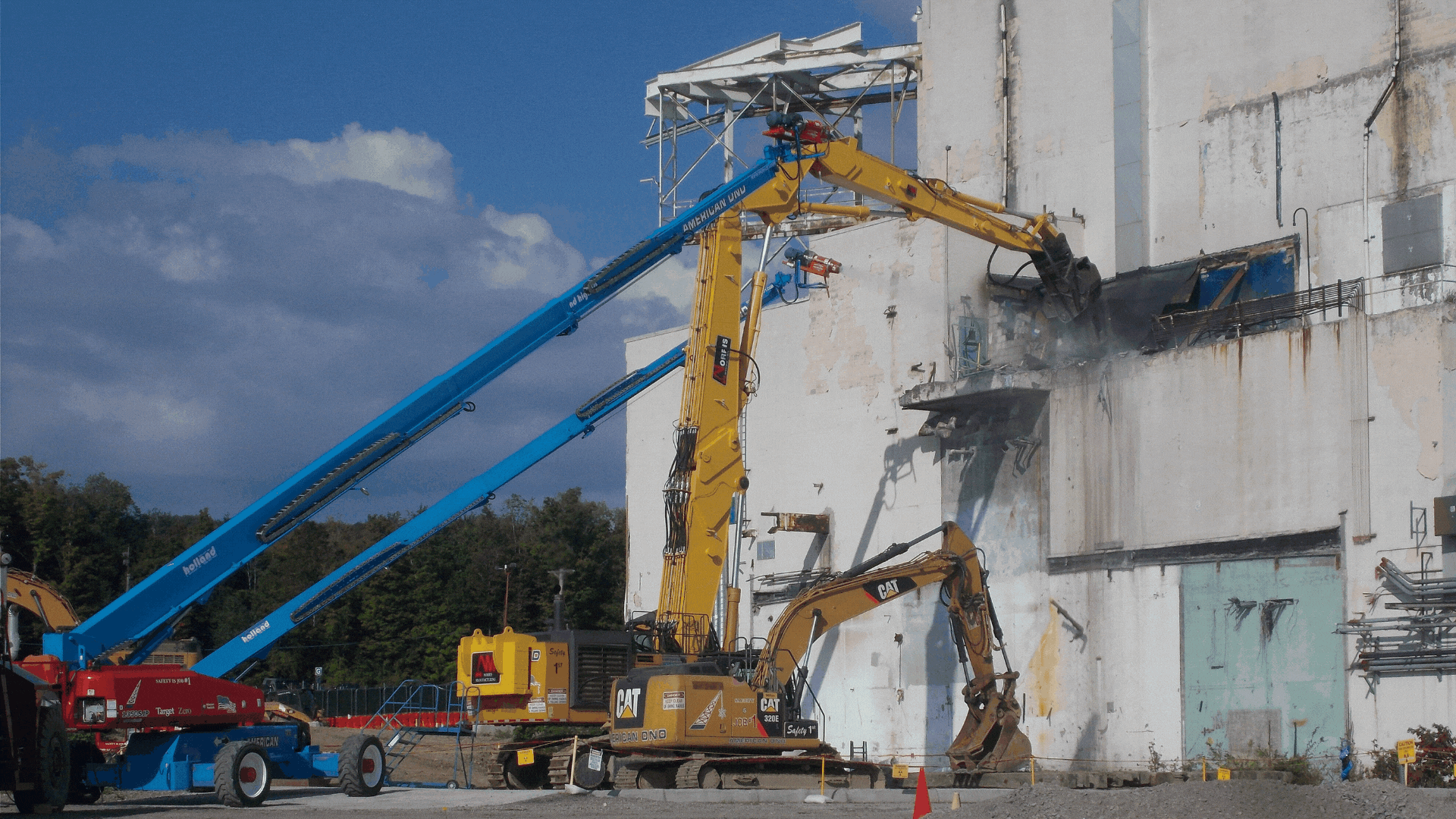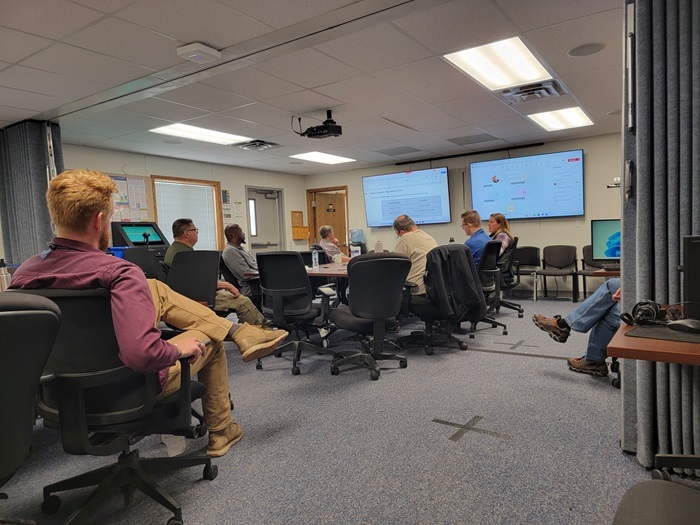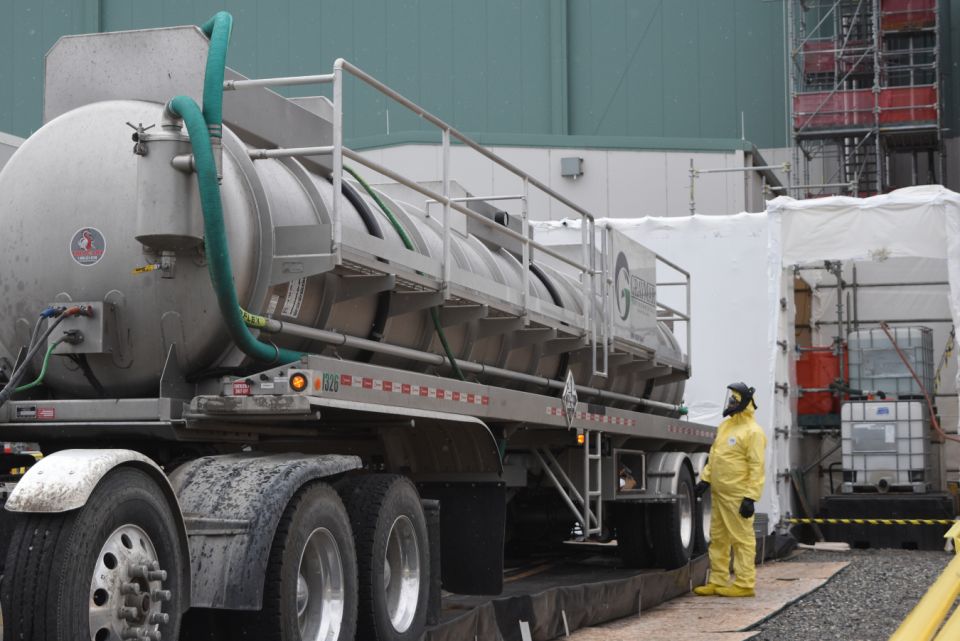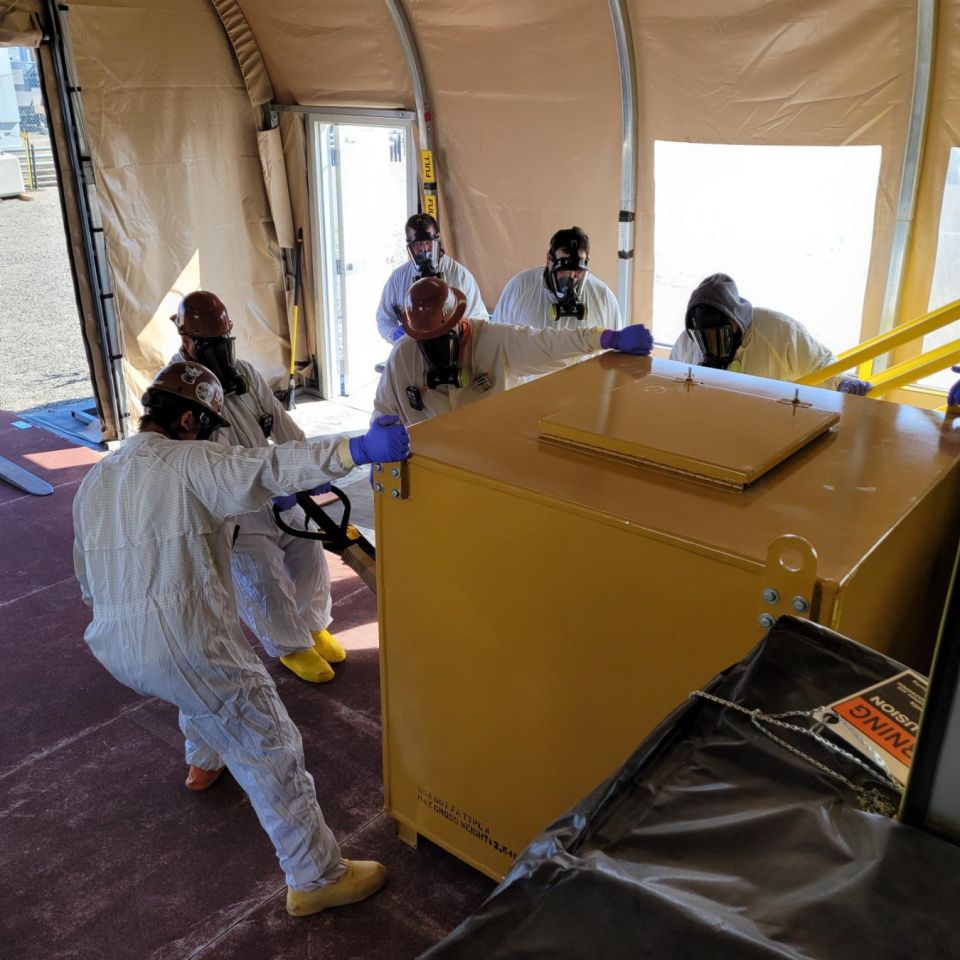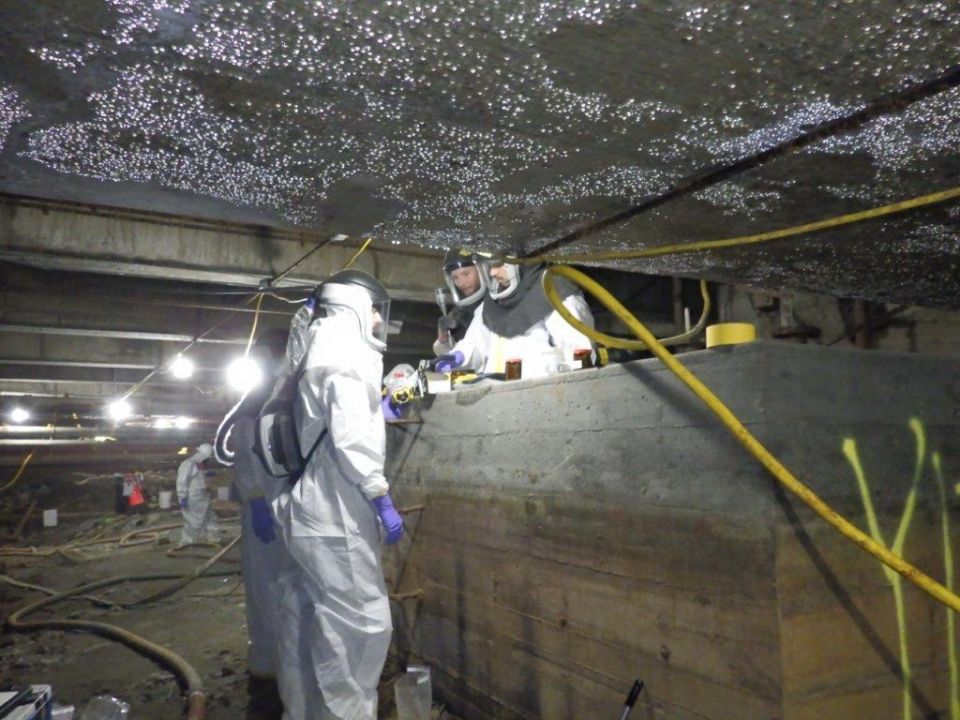Largest of West Valley’s waste tanks removed during demolition
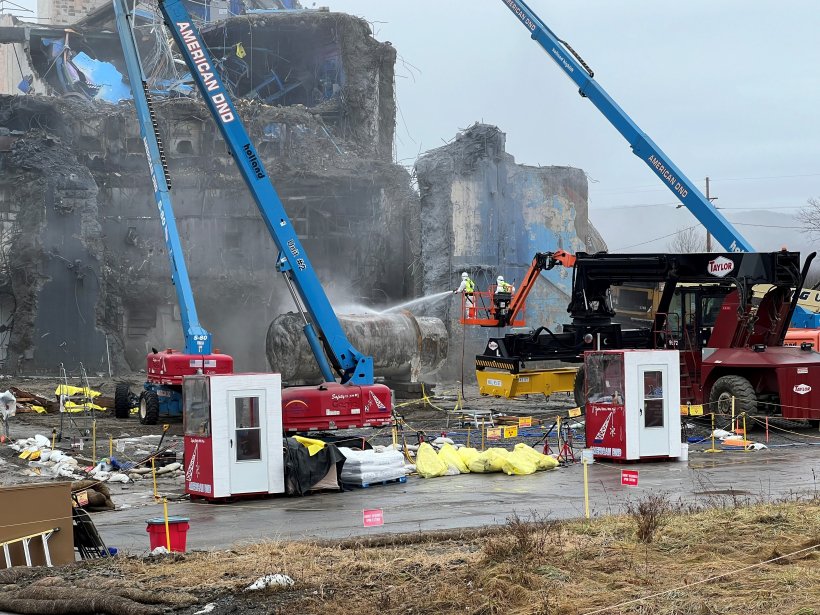
The Department of Energy’s Office of Environmental Management and its cleanup contractor at the West Valley Demonstration Project have removed the largest of nine tanks from a liquid waste cell as part of the ongoing demolition of the Main Plant Process Building, the office announced on February 6.



